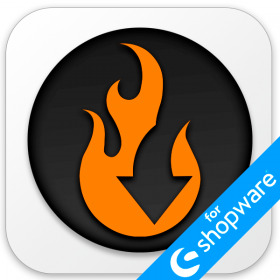Shopify Automation: Import
![]()
Every merchant desires to effectively handle data updates in their Shopify store. However, the traditional approach of manual imports not only consumes time but also carries the risk of errors that can disrupt online operations. The more often you deal with data imports and the more complex they become, the more problems you face. Unless you start using third-party tools, such as the that enables Shopify automation for import processes. While default Shopify imports are always manual, our app lets you completely automate all the transfers.
In this extensive guide, we delve deeply into the world of Shopify import automation, illuminating how this potent strategy not only saves valuable time but also enhances the overall efficiency of your online store. Find out the advantages of automation from advanced data accuracy to dramatically reduced time expenditures and uncover how automation can become a reliable ally in seamlessly importing and managing data within your Shopify store. In the upcoming pages, we’ll walk you through the essential steps of scheduling data imports in Shopify. Don’t forget to delve into our Shopify Cookbook for additional valuable insights. Continue Reading

